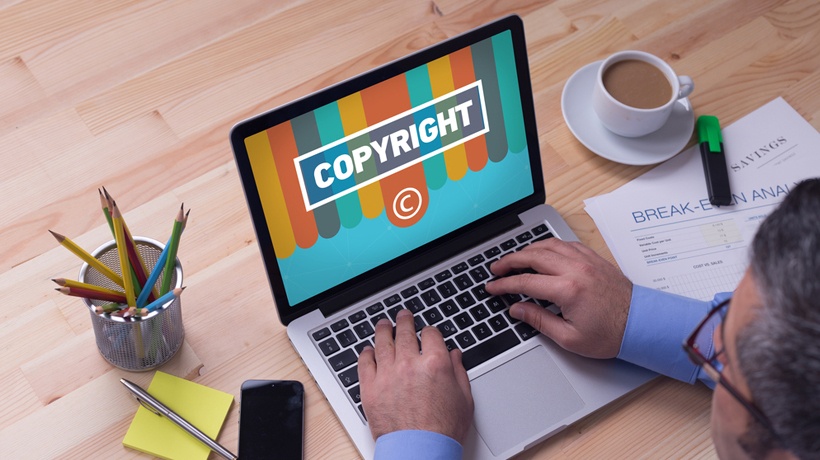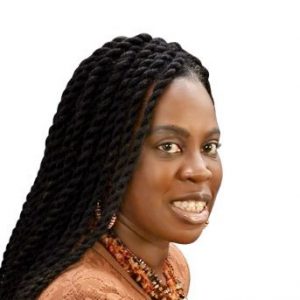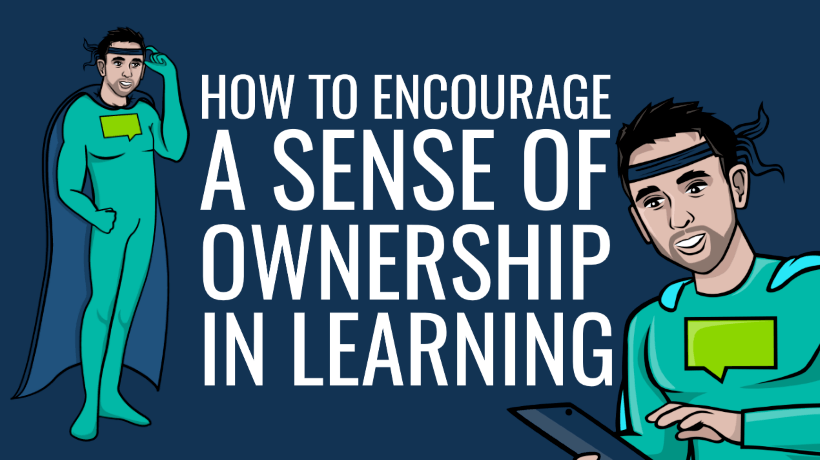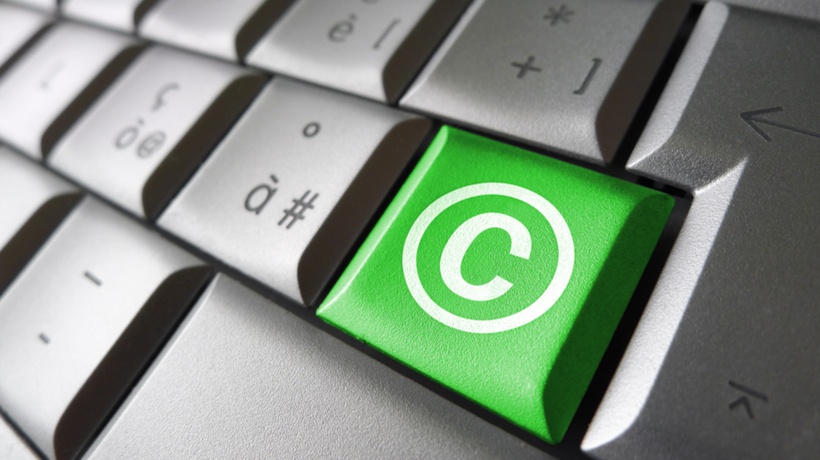Copyright Ownership And Control Of eLearning Course Materials
National associations such as the American Association of University Professors (AAUP), the American Council on Education (ACE), and the Association of American Universities (AAU), have called upon institutions to review their existing intellectual property policies and practices with regard to online education. Copyright ownership of eLearning course materials and courseware involves a bundle of rights, and questions of ownership and use, for which institutions of higher education must pay close attention to. The best policies and practices of copyright ownership of eLearning courseware and course materials by faculty members will recognize and balance the rights of individual creators and contributors, as well as the needs of institutions as communities of scholars and learners. Such policies and practices should be sufficiently adjustable, fluid and flexible to permit exceptions where appropriate and to be adaptable to new forms of technology. In addition and most importantly, policies should be coupled with procedures for policy clarification or dispute resolution when needed.
In considering the question of copyright ownership of online educational materials, institutions must take into account not just legal standards under copyright law, but also academic tradition and practical considerations of policy administration. While most of the current debate focuses on the relative rights of faculty members and institutions, the rights and responsibilities of other creators, developers, and users must also be considered in university policies.
Several scholars have described eLearning as a kind of learning model that allows learners to obtain learning materials anywhere and anytime using mobile and other technologies and the Internet. Faculty have been diligent creators and in some instances copyright owners of dynamic and proto-type eLearning course materials and course ware. This in turn has increased the flexibility of online student productivity geographically and given diverse students the freedom to complete their coursework, anywhere, anytime and at any place. Yi et al. (2009) for example maintain this flexibility is generally considered to increase the performance of learners by making learning accessible. No doubt, eLearning dissemination of copyrighted course ware and materials eliminates geographic boundaries and provides collaborating learning environment between foreign students and faculty nationwide and across the globe.
Faculty ownership rights and interests in online course materials are rooted in legal and educational policy considerations. Traditionally, most colleges and universities have not sought to assert copyright over ordinary course materials and other traditional scholarly works. See, e.g., Gorman, Robert A., “Intellectual Property: The Rights of Faculty as Creators and Users”, 84 Academe 3:14 (May-June 1998). Even if institutional policies assert institutional ownership of such materials, they have often recognized the prevailing academic tradition as a practical matter. Under the principle of academic freedom, faculty members generally have the right to develop and modify course materials within their fields of expertise, and to use pedagogical techniques they deem most appropriate for the subject matter. See 1940 Statement of Principles on Academic Freedom and Tenure, AAUP Policy Documents & Reports.
The AAUP Statement on Copyright summarizes the academic tradition in this way:
[I]t has been the prevailing academic practice to treat the faculty member as the copyright owner of works that are created independently and at the faculty member’s own initiative for traditional academic purposes. Examples include class notes and syllabi; books and articles; works of fiction and nonfiction; poems and dramatic works; musical and choreographic works; pictorial, graphic, and sculptural works; and educational software, commonly known as “courseware”. This practice has been followed for the most part, regardless of the physical medium in which these “traditional academic works” appear; that is, whether on paper or in audiovisual or electronic form. . . . This practice should ordinarily apply to the development of courseware for use in programs of distance education.
According to Alger, J., (2001), this approach has a practical aspect as well. Faculty members create lots of scholarly works, many of which have little commercial value. The administrative burden of claiming and exercising ownership over all such works would be substantial in practice. For example, the negotiation of publishing contracts for articles and textbooks for all faculty members would be incredibly labor-intensive for a university general counsel’s office.
Copyright Ownership “Scholarly Works” And New Media
With the advent of digital technology and new forms of media, many new questions have arisen about the definition of “scholarly works”. Some policies reference traditional forms of works such as articles and textbooks. Depending on one’s field of study, however, a faculty member’s scholarly work might take the form of a multimedia production, CD-ROM, interactive textbook, web site, computer code, or software, among others. Some of these works might include inventive elements subject to patent protection as well as copyright ownership issues, further complicating their status under university policy. It has thus become increasingly important to coordinate the work of technology transfer offices and others who deal with patents with the work of individuals on campus who deal with works subject to copyright protection.
Web pages can present special challenges for universities, because they can take so many forms and include such a wide variety of information and expression from a multitude of creators and sources. Colleges and universities often provide the resources necessary to facilitate their development without controlling or monitoring their content. The resulting diversity in web pages associated with these institutions reflects the breadth of their missions and can be a good thing. Each institution will want to make sure, however, that its constituents (including faculty, staff, students, and organizations) understand when they are speaking on behalf of the institution or some component thereof, and when they are speaking as individual scholars or citizens.
Publicly accessible web pages, including those associated with courses that are not restricted to enrolled students, also pose special challenges with regard to educational fair use to the extent that they incorporate copyrighted materials from other sources. Many scholars want their work to be available and accessible to scholars at other institutions and to the public at large, not just to their immediate students. This desire may be consistent with the institution’s mission, but it also requires careful consideration of the copyright issues involved.
Faculty Rights
Faculty members have many of the same concerns with the copyright ownership of online educational materials as they do with traditional scholarly works, including:
- The ability to create derivative or related works (for example, faculty members may want to retain the right to publish articles on subjects covered in online educational materials and courses).
- Professional recognition and credit both in and outside the institution – including consideration of online works in promotion and tenure policies
- The ability to edit and control the presentation of their work, and to exercise a right of first refusal in the preparation of subsequent versions
- The ability to change and update materials over time, reflecting new research, evidence, or developments
- The right to take educational materials they create when they leave for another institution, for their own teaching and research purposes
- The right to have a say in whether and how their works are commercialized, and to share in the profits (if any) from such commercialization
- The right to share their work with peers in their disciplines (e.g., to check their work or to build upon it)
These interests should be taken into account when reviewing and revising policies on intellectual property and online education. The University of North Texas Distributed Learning Policy includes an interesting section on “Revision Rights” that recognizes the academic integrity concerns of faculty members and the institution:
Faculty members should normally retain the right to update, edit or otherwise revise electronically developed course materials that become out of date, or, in certain circumstances, should place a time limit upon the use of electronically developed course materials that are particularly time sensitive, regardless of who owns copyright in the electronically developed course materials. These rights and limitations may be negotiated in advance of the creation of the electronically developed course materials and may be reduced to writing. Absent a written agreement, each faculty member will have the right and moral obligation to revise work on an annual basis in order to maintain academic standards.
References:
- Biström, J. (2005). Peer-to-peer networks as collaborative learning environments. Paper presented at HUT T-110.551 Seminar on Internetworking. Retrieved from http://www.sit.fi/~johnny/collp2p.pdf
- Edwards, K., Newman, M., Sedivy, J., Smith, T., Balfanz, D., & Smetters, D. K. (2002). Using speakeasy for ad hoc peer-to-peer collaboration. Paper presented at ACM 2002 Conference on Computer Supported Cooperative Work (CSCW 2002), New Orleans, Louisiana.
- Yi, C. C., Liao, W. P., Huang, C. F. & Hwang, I. H. (2009). Acceptance of mobile learning: a respeification and validation of information system success. In Proceedings of World Academic of Science Engineering and technology, 41 -3740. 2070-3740.








